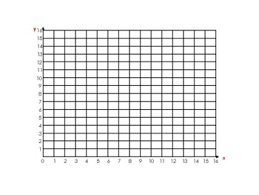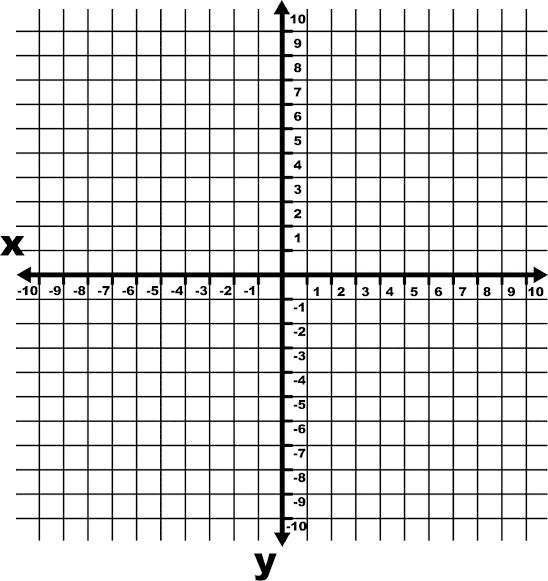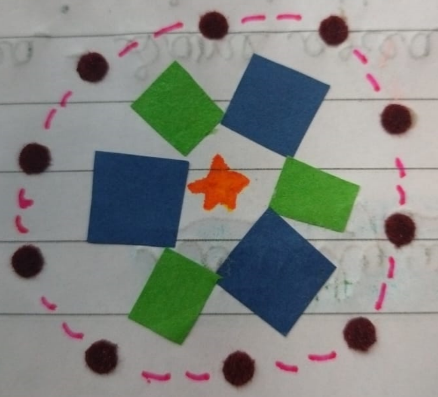Activity W3.3 A Treasure Hunt
A Treasure Hunt Provide each student with a copy of the treasure map,
which includes coordinates (i.e., pairs of numbers discussed in earlier activity)
marking the location of the treasure.
Explain the objective of the activity:
to use the given coordinates to locate the treasure.
Allow students to work individually or in pairs to navigate the map and find the treasure.
Once the treasure is found, celebrate the successful completion of the hunt and discuss the coordinates used to locate the treasure.
Encourage students to create their own treasure maps for future activities, incorporating coordinates and landmarks of their choice
Activity W3.3: A Treasure Hunt Using Coordinates
Objective:
To reinforce the concept of coordinates by having students locate "hidden treasures" on a grid-based map using ordered pairs (x, y). This activity enhances spatial reasoning, logical thinking, and basic map-reading skills.
Materials Needed:
-
A Treasure Map (printed or drawn grid map with landmarks and labeled axes)
-
Clue cards with coordinates (e.g., (3, 5), (7, 2))
-
Pencil and colored markers
-
Small tokens or stickers to mark the treasure
-
Optional: Geo boards or tactile grids for visually challenged students
How It Works:
-
Provide the Treasure Map:
Each student or pair gets a printed map grid, e.g., a 10x10 grid. The x-axis (horizontal) and y-axis (vertical) should be labeled from 1 to 10. -
Mark Landmarks for Storytelling (Optional):
Include fun icons like a palm tree at (4, 2), a ship at (1, 9), a cave at (8, 3), a skull rock at (6, 6), and the treasure chest at (5, 7). -
Explain the Coordinates:
Review that each coordinate tells:-
How far to go right (x)
-
How far to go up (y)
-
-
Start the Hunt:
Distribute clue cards or call out clues like:-
“Go to (3, 4) to find the old lighthouse.”
-
“Then head to (5, 7) to discover the buried treasure.”
-
-
Finding the Treasure:
When students reach the treasure coordinate, they mark it and celebrate!
Example:
Treasure Map Coordinates Clue List:
-
(2, 1): "Start here at the Dock"
-
(4, 2): "Visit the Palm Tree"
-
(6, 6): "Avoid the Skull Rock"
-
(5, 7): "YOU FOUND THE TREASURE!"
Encourage Students To:
-
Create their own maps with different landmarks and hidden treasure spots.
-
Write short stories or clues leading to their hidden treasure using coordinates.
-
Trade maps with friends and solve each other’s treasure hunts!
Learning Outcomes:
-
Understand and apply the concept of coordinates (x, y).
-
Improve directionality and navigation skills.
-
Foster creativity and collaborative learning.
















